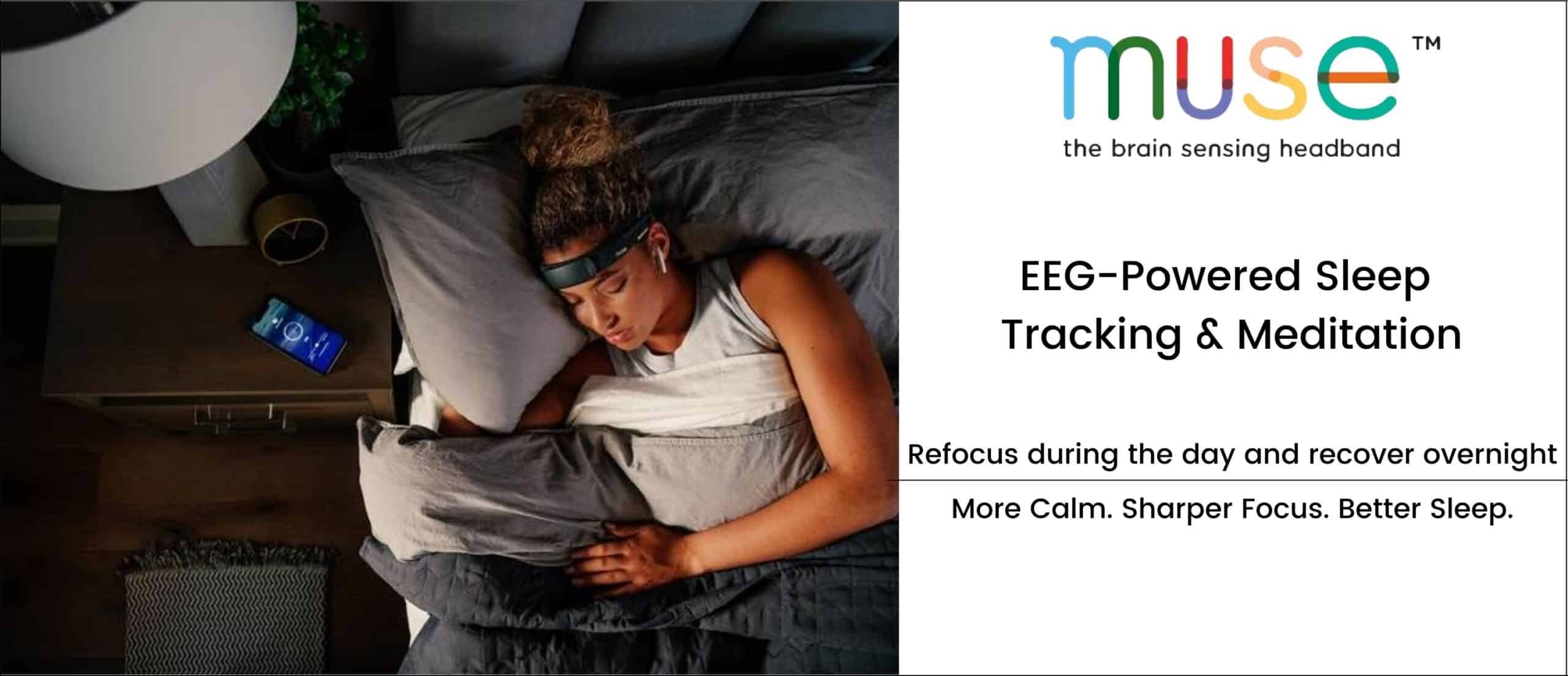By Sean Zucker –
When Botox first became trendy a couple of decades ago, the shots were seen as a revolutionary anti-aging tool, at least from a cosmetic standpoint. Botox injections are made to smooth wrinkles and gift individuals with a more youthful appearance. In recent years, it’s taken on a mission when it was discovered that the shots are also effective in preventing migraines. The curious part of this breakthrough: experts still aren’t exactly sure why it works.
This uncertainty, however, hasn’t lessened the demand for Botox from migraine sufferers or support from physicians.
Botox was officially approved by the United States Food and Drug Administration (FDA) in 2010 for preventing chronic migraines based on the findings of two crucial studies promoting its success. In the years that followed, researchers continued to assess this relationship and underscored its effectiveness. The how behind all this nonetheless remained unclear. Five years ago, French researchers from the University Hospital of Picardie tried to dig out the answer by compiling 17 major studies on the topic for a meta-analysis.
The researchers zeroed in on randomized and double-blind trials that compared patients receiving botulinum toxin, or Botox, with placebo injections in the head and neck muscles to prevent migraines. They investigated results during three-month trial periods and recorded the number of migraine episodes that occurred per month. Across these 17 separate studies, a total of 3,646 patients were ultimately examined. Following their analysis, the French team concluded that there was a significant reduction in migraines not just over three months but two months, as well.
Still, no answer to why Botox cut migraines was established. The Migraine Trust, a nonprofit that offers migraine resources and information, has a popular theory even if it lacks a definitive explanation.
“It’s not clear why Botox is effective in [preventing] migraines. However, doctors think it works by blocking chemicals called neurotransmitters that carry pain signals from within your brain,” it reported on its website.
Millions of migraine sufferers may not care why Botox works, especially if its use is a positive development in relieving their pain. The American Migraine Foundation, in fact, notes there is a lot of pain out there as it reports at least 39 million Americans are living with migraines. The total number is likely to be even higher as the foundation notes that a sizeable number of people never formally get a diagnosis or seek treatment, masking just how many people are impacted.
The foundation also stresses that, contrary to popular belief, migraines are not simply bad headaches. The condition is a disabling neurological disease that presents various symptoms requiring different treatment approaches compared to other headache disorders.
Physicians at Johns Hopkins Medicine, such as Dr. Sashank Reddy, can confirm the debilitating nature of migraines. Reddy, however, goes further by noting the positive impact Botox can have.
“Botulinum toxin injectables are part of a comprehensive suite of options that neurologists and headache specialists have for the treatment of chronic migraines. While no single option is best for all cases, an approach that includes several different treatments can often reduce headache frequency and severity,” he reported.
The issue of how and why it works aside, he stressed that these shots can drastically improve the quality of life for migraine sufferers. “Injectables can be effective in reducing the frequency of headaches in patients with chronic migraine and can also reduce debilitating symptoms associated with these migraines,” he explained.
How are these shots applied? The Migraine Trust explains that Botox treatments are typically administered through a series of thirty-plus injections under the skin or into the muscles around the forehead, above the ears and into the neck. This is continued every 12 weeks until migraine episodes dissipate.













